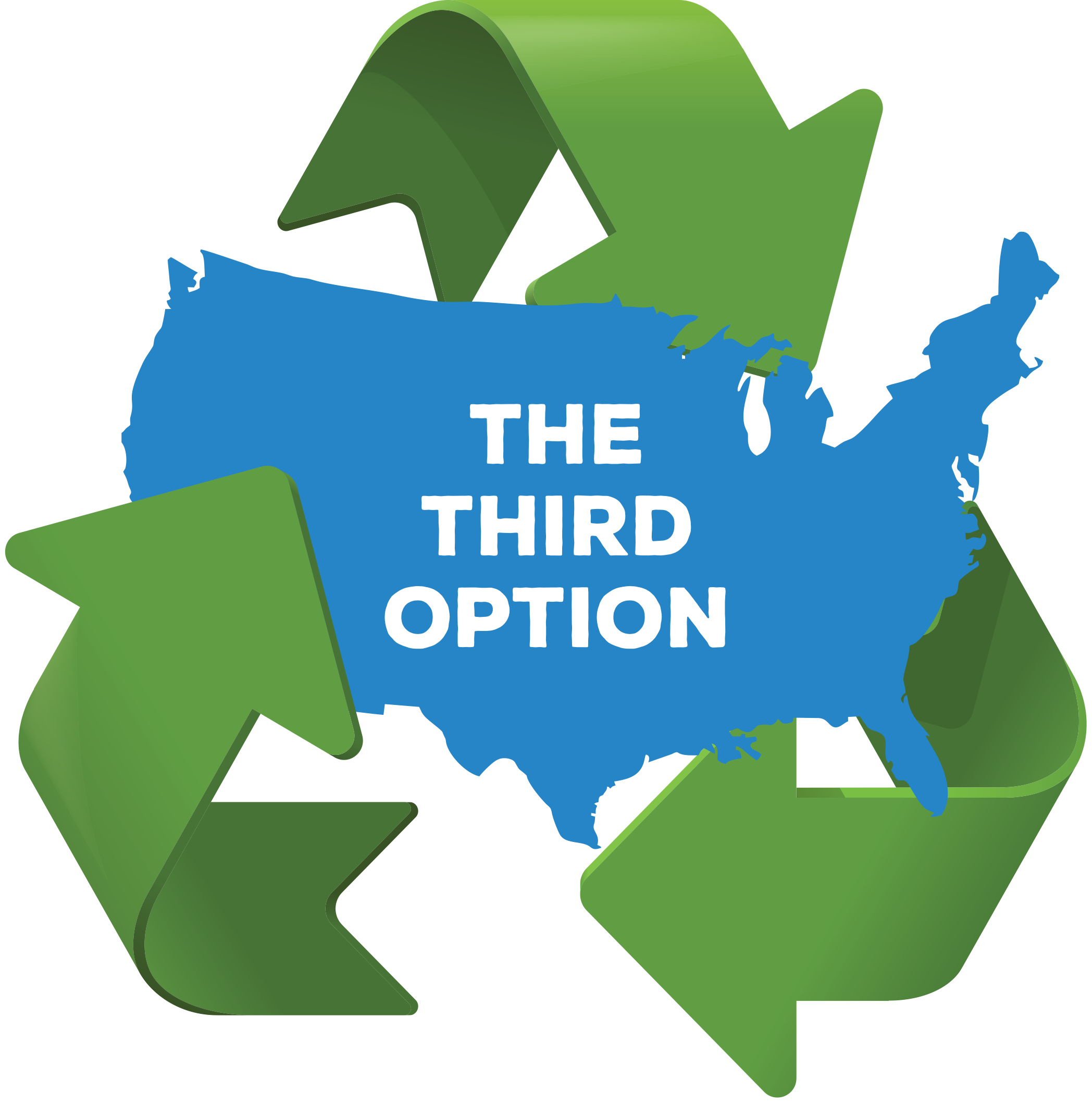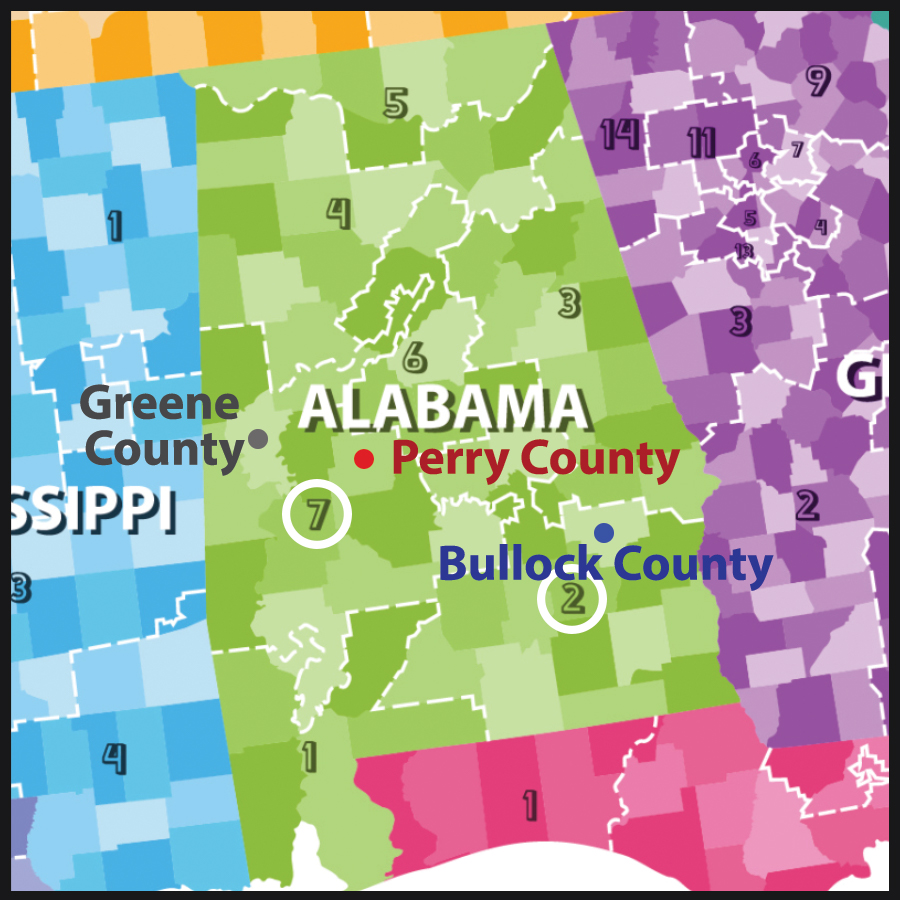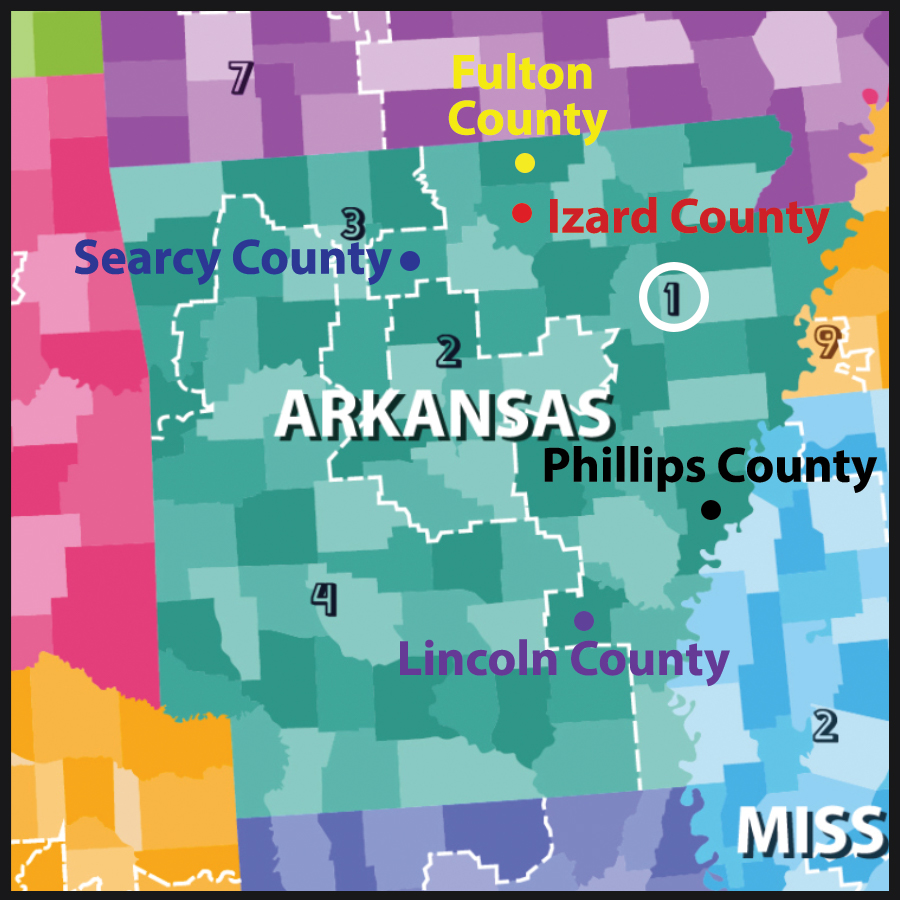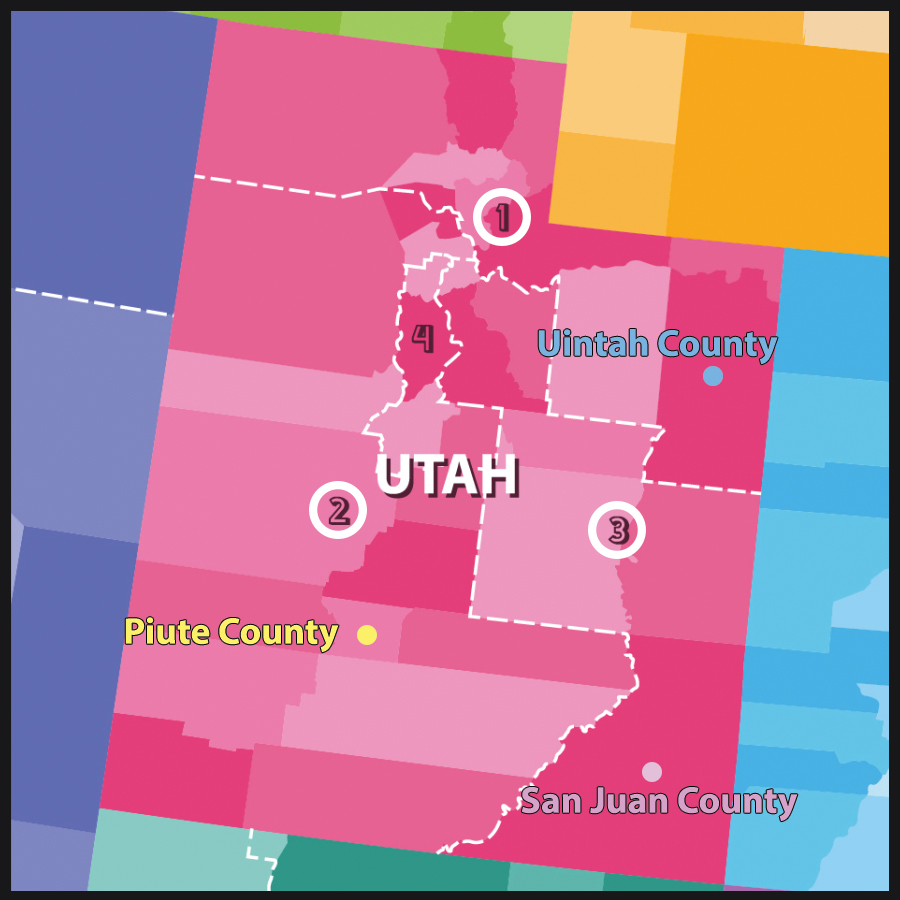
Equal Protection Funding for Your District
Table of Contents[Hide][Show]
List of Distressed Counties by State+−
- 01: Alabama
- 02: Alaska
- 04: Arizona
- 05: Arkansas
- 06: California
- 08: Colorado
- 09: Connecticut
- 10: Delaware
- 12: Florida
- 13: Georgia
- 15: Hawaii
- 16: Idaho
- 17: Illinois
- 18: Indiana
- 19: Iowa
- 20: Kansas
- 21: Kentucky
- 22: Louisiana
- 23: Maine
- 24: Maryland
- 25: Massachusetts
- 26: Michigan
- 27: Minnesota
- 28: Mississippi
- 29: Missouri
- 30: Montana
- 31: Nebraska
- 32: Nevada
- 33: New Hampshire
- 34: New Jersey
- 35: New Mexico
- 36: New York
- 37: North Carolina
- 38: North Dakota
- 39: Ohio
- 40: Oklahoma
- 41: Oregon
- 42: Pennsylvania
- 44: Rhode Island
- 45: South Carolina
- 44: Rhode Island
- 46: South Dakota
- 48: Texas
- 47: Tennessee
- 50: Vermont
- 49: Utah
- 51: Virginia
- 54: West Virginia
- 53: Washington
- 55: Wisconsin
- 56: Wyoming
- Top 25 Districts Outside the Equal Protection of Federal Government
- Sources For Funding a Natural Law Beta Test
When cities, towns or businesses incorporate, the individuals that make up these corporations do not relinquish their individual right to Equal Protection of the laws, whether these laws are enumerated, implied, or inherent.
70 different private corporations have received more than $1 billion each from the federal government; when government finances one group of people, it now has an obligation—per the Spending and General Welfare Clauses of the Constitution—to provide similar (or “equal”) protection for other groups of people similarly affected.
Distressed communities need Equal Protection the same as any other distressed corporation. While saving a failing company may be a waste of taxpayer money—if the product is no longer ‘profitable’ (or sustainable)—saving people is never a waste of money, because people can perform labor, and life cannot exist without labor.
Labor, to promote the General Welfare, is something that will never lose its value. For communities to be sustainable, they must collectively own all the means of existence that comprise their ‘General Welfare,’ and when they do, they will also own their Liberty. This is the very least any government—founded on principles of Natural Law—owes to its people.
The Details
- Federal grant money—equal to $6,000 per person per year for four years—would be placed inside a Community Bank; the money would then be loaned to build essential infrastructure within the community (education facilities, local vertical and regenerative agriculture, green energy, clean transportation and construction, net zero housing, fiber optic communication, preventive health care, water / waste management, etc.).
- Loans are designed to be paid back through the bank, as residents use these essential services. When this money comes back into the bank, it is dispersed equally within each community member’s personal account, as a share in the success of the community. The goal is to generate a circular economy within the community by employing everyone to both produce and consume these services.
- If the grant used to kickstart the community is terminated after four years, but the businesses continue to thrive and pay back the initial investment, by the end of the loan period, each resident would accumulate approximately $41,000 in dividends. If the money coming in is reused to fund other projects, the return on investment would grow even larger. If the community is allowed to forgo federal taxation altogether, and instead place 10% of their earnings each year into the Community bank, the four-year grant would prove enough to generate a circular economy and fund itself in perpetuity.
The goal would be to fashion sustainable communities that can take care of themselves, using the people who already reside there. If the grass is made green enough, people will put down roots, and these communities will grow strong. The possibility of inflation or profit-seeking would be eliminated, as everyone would now work for the corporate entity that is the community itself, and thus be paid a specific amount; only the incorporated community would be allowed to profit.
The fact that the community also happens to be the people themselves echoes the original intention of the U.S. Constitution, which listed We the People as the sole proprietors; the wording of this original corporate charter clearly establishes that each citizen is an equal shareholder in the success or failure of this enterprise (calling us ‘stakeholders’ only implies that we are obliged—through a lifetime of labor—to keep this ‘corporation’ running, but clearly does not guarantee everyone a fair ‘share’ of the rewards).
Through a ‘closed loop’ labor generated circular form of currency, the price of goods and services would more accurately reflect the sum of the labor needed to produce and distribute them; only the cost of raw materials plus the 4% interest needed to pay back the initial community bank loan would be added to the total. The immediate drop in the cost of living would allow people to spend their money freely into the economy without going into debt, meanwhile knowing that some of their spending would come back to them through bank dividends, to reflect their dual role as consumer and laborer.
Money is meant to be spent, not hoarded; there is no real value stored within money. Labor is the only source of value creation, meaning that the value is stored within each person, and to promote the General Welfare, the role of economics (and government) is to unleash the potential value within each person. Money represents the amount of labor the people collectively produce together toward some shared purpose, and through the proposed system, spending—instead of creating more debt—would generate automatic dividends, which should nudge people toward wanting to spend, and thus automatically generate sustainable employment.
For the cost federal government has spent to bail out the top ten private corporations ($75 billion) it could fully fund 5 Congressional districts—well over 3 million Americans—for 4 years, and if the process is perfected, the government would never need to fund these communities again.
What You Can Do…
Help Your Community to Receive a Grant
Below is a list of distressed districts and counties across the United States; if you belong to one of these counties or districts, you can directly contact your House Representative using the link provided, then copy and paste the message below (or send your own message if you prefer).
There is at least one distressed county listed for every state, so even if you live in another part of the state, you can still send this message to your Senators, to advocate for a distressed county near you.
Once you locate your Congressional representative below,
- double-click their Contact link,
- fill out the email form (name, address, zip code, etc.), then
- Copy and paste the following message into their email box (or compose your own message).
Hello [Senator or Representative] [name]:
We read that a research group is looking for volunteer communities to receive federal grant money; sounds like it will go into a community bank, then be used to rebuild the entire community. If the experiment works, the community gets to keep all the money. I think our community could use that money just as much as anyone else. Please consider representing us so we can be chosen for this research. Here is a link to the proposal. Thanks for checking it out.
Sincerely,
[your name]
List of Distressed Counties by State
12: Florida
District 2:
Dixie County: population 17,102
Lafayette County: population 8,382
Taylor County: population 21,815
Contact: Neal Dunn (202) 225- 5235 Contact
District 3:
Union County: population 16,335
Contact: Kat Cammack (202) 225- 5744 Contact
District 5:
Hamilton County: population 13,993
Contact: John Rutherford (202) 225- 2501 Contact
District 17:
Glades County: population 12,234
Desoto County: population 34,408
Contact: Greg Steube (202) 225- 5792 Contact
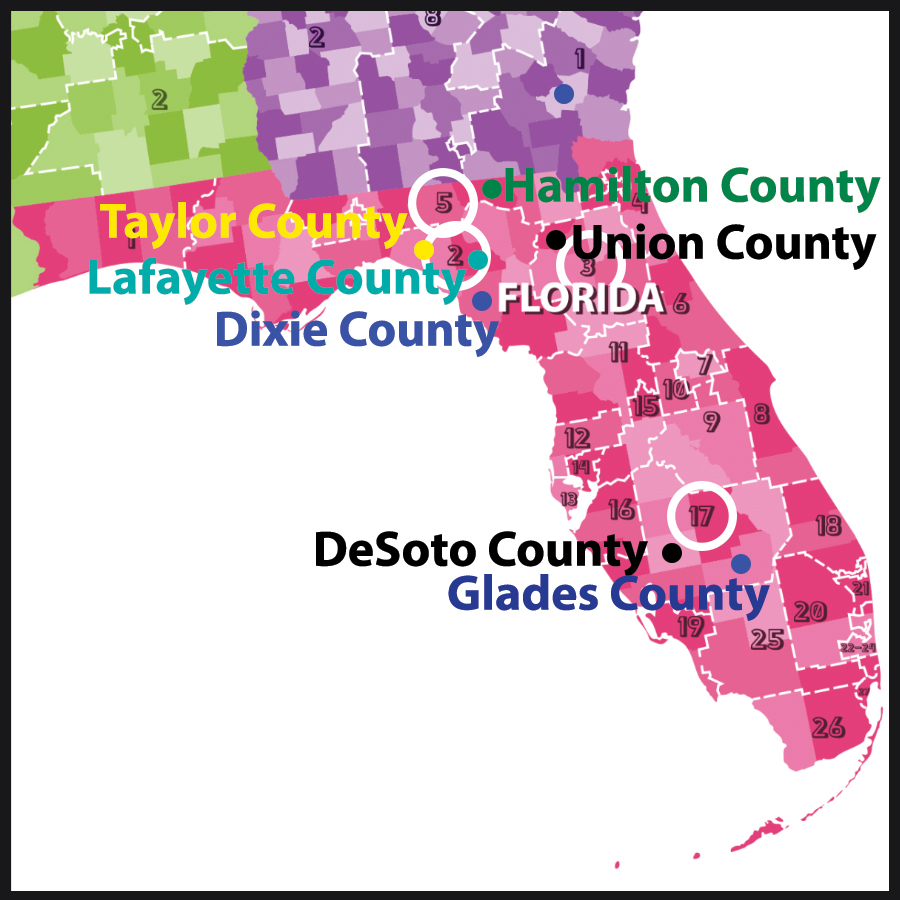
13: Georgia
District 2:
Dixie County: population 17,102
Lafayette County: population 8,382
Taylor County: population 21,815
Contact: Neal Dunn (202) 225- 5235 Contact
District 3:
Union County: population 16,335
Contact: Kat Cammack (202) 225- 5744 Contact
District 5:
Hamilton County: population 13,993
Contact: John Rutherford (202) 225- 2501 Contact
District 17:
Glades County: population 12,234
Desoto County: population 34,408
Contact: Greg Steube (202) 225- 5792 Contact
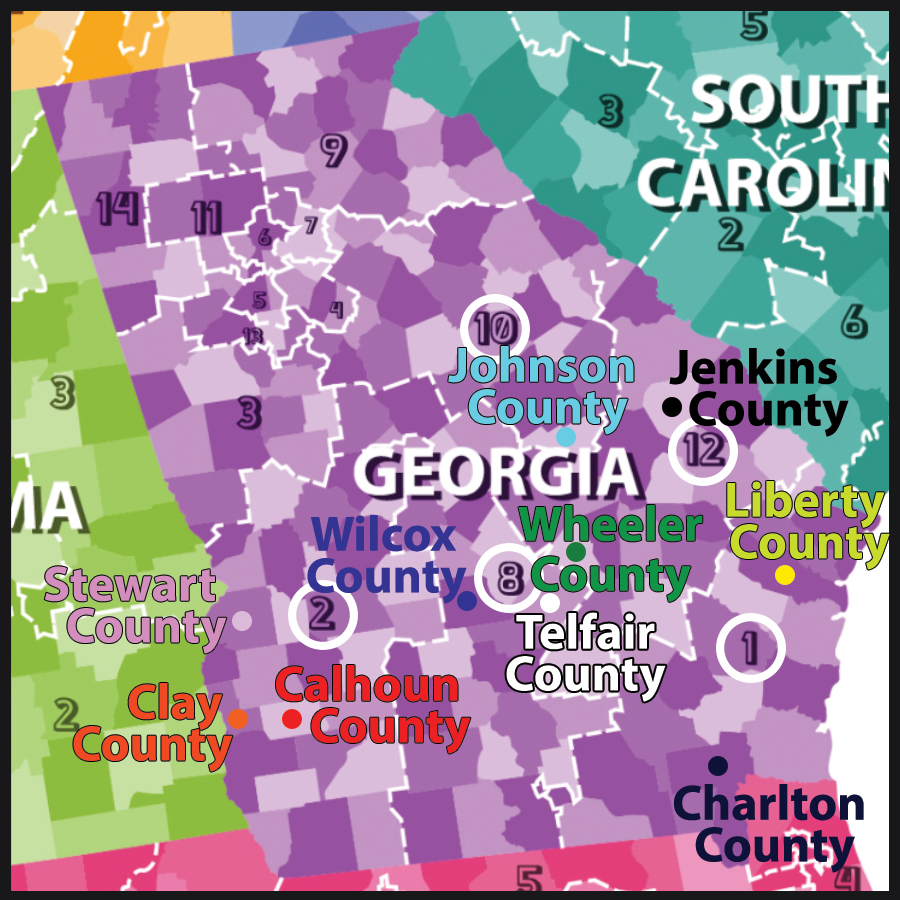
21: Kentucky
District 2:
Dixie County: population 17,102
Lafayette County: population 8,382
Taylor County: population 21,815
Contact: Neal Dunn (202) 225- 5235 Contact
District 3:
Union County: population 16,335
Contact: Kat Cammack (202) 225- 5744 Contact
District 5:
Hamilton County: population 13,993
Contact: John Rutherford (202) 225- 2501 Contact
District 17:
Glades County: population 12,234
Desoto County: population 34,408
Contact: Greg Steube (202) 225- 5792 Contact
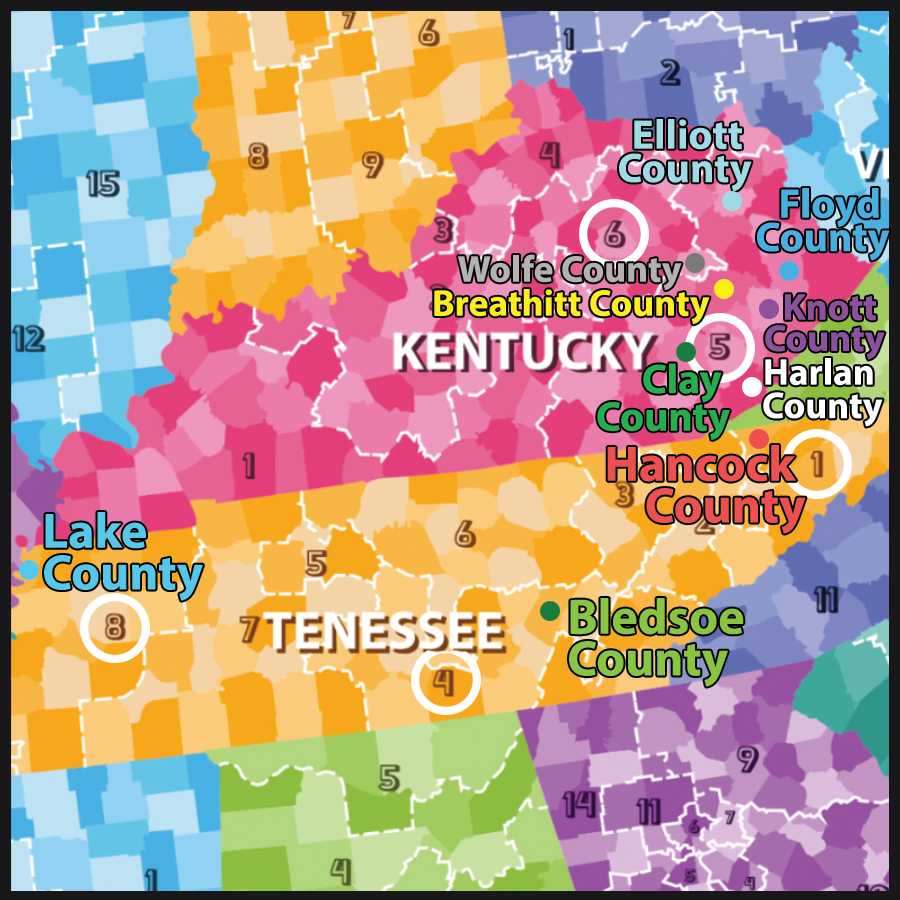
22: Louisiana
District 2:
Dixie County: population 17,102
Lafayette County: population 8,382
Taylor County: population 21,815
Contact: Neal Dunn (202) 225- 5235 Contact
District 3:
Union County: population 16,335
Contact: Kat Cammack (202) 225- 5744 Contact
District 5:
Hamilton County: population 13,993
Contact: John Rutherford (202) 225- 2501 Contact
District 17:
Glades County: population 12,234
Desoto County: population 34,408
Contact: Greg Steube (202) 225- 5792 Contact
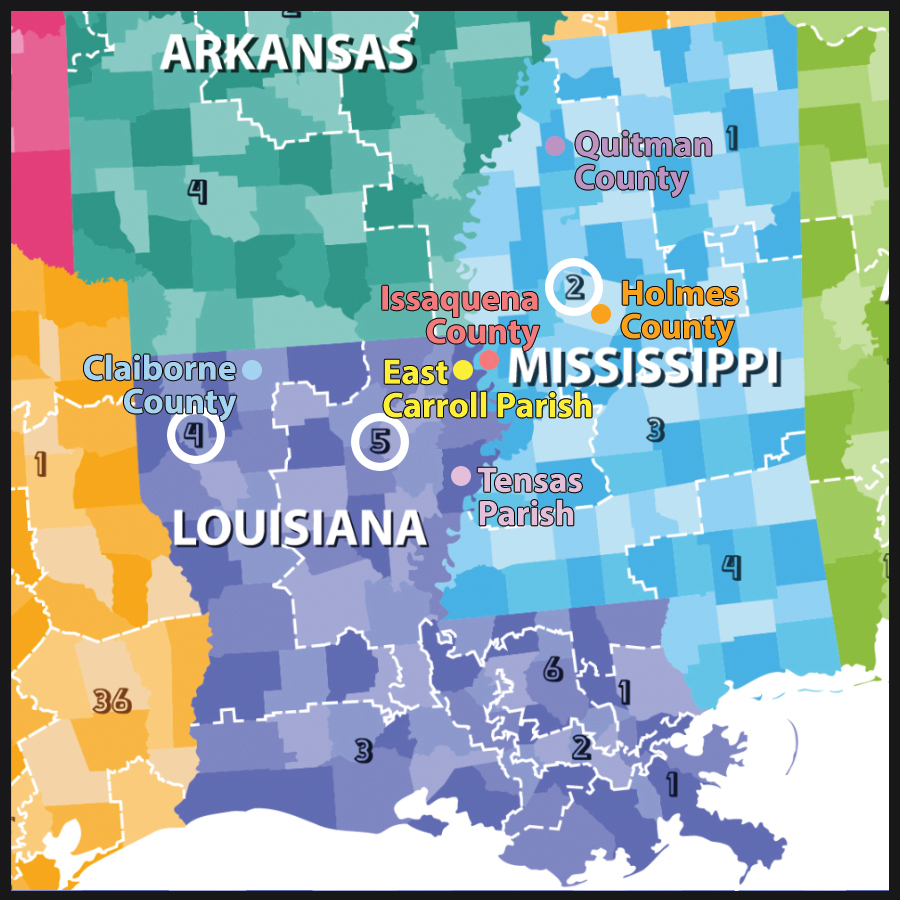
35: New Mexico
District 2:
Guadalupe County: population 4,449
Cibola County: population 27,184
Contact: Gabe Vasquez (202) 225- 2365 Contact
District 2 and 3:
McKinley County: population 71,780
Also Contact: Teresa Leger Fernandez (202) 225- 6190 Contact
36: New York
District 15:
Bronx County: population 1.427 million
Contact: Ritchie Torres (202) 225- 4361 Contact
44: Rhode Island
District 1 and 2:
Providence County: population 660,741
Contact: Seth Magaziner (D2) (202) 225- 2735 Contact
45: South Carolina
District 6:
Allendale County: population 7,858
Contact: David N. Cicilline (vacant) (D1) (202) 225- 4911 Contact Staff
46: South Dakota
District 1 (at large):
Todd County: population 9,286
Jackson County: population 2,878
Mellette County: population 1,908
Oglala Lakota County: population 14,309
Buffalo County: population 1,923
Ziebach County: population 2,380
Contact: Dusty Johnson (202) 225- 2801 Contact
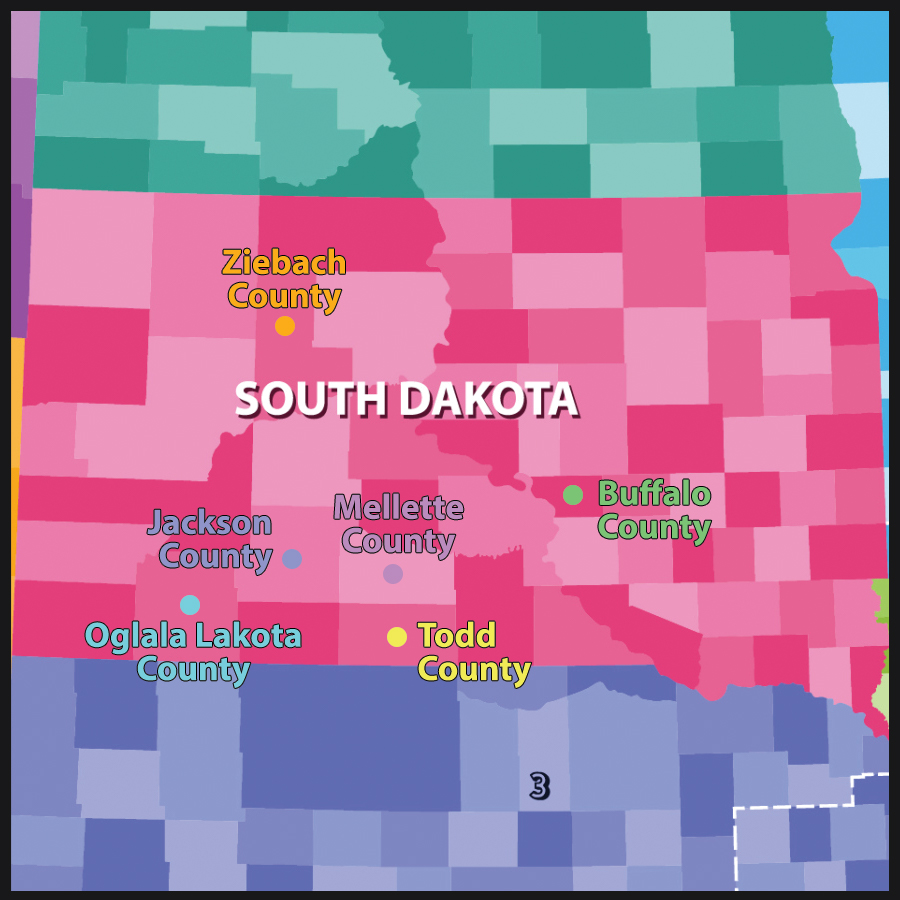
48: Texas
District 8:
Walker County: population 77,977
Contact: Morgan Luttrell (202) 225- 4901 Contact
District 13:
Swisher County: population 7,008
Contact: Ronny Jackson (202) 225- 3706 Contact
District 15:
Brooks County: population 6,994
Contact: Monica De La Cruz (202) 225- 9901 Contact
District 23:
Presidio County: population 6,140
Dimmit County: population 8473
Contact: Tony Gonzales (202) 225- 4511 Contact
District 28:
Zapata County: population 13,908
Starr County: population 66,049
Contact: Henry Cuellar (202) 225- 1640 Contact
District 34:
Hidalgo County: population 880,356 (also in D15 and D28)
Bee County: population 30,924
Contact: Vincente Gonzalez (202) 225- 2531 Contact
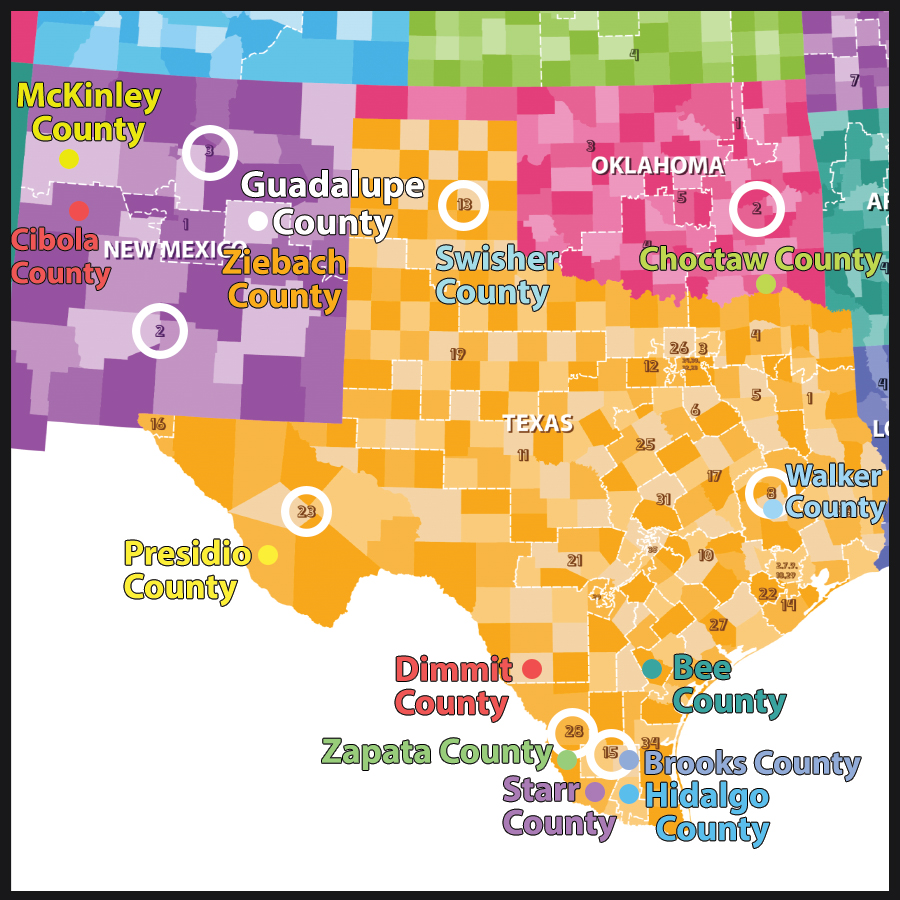
47: Tennessee
District 1:
Hancock County: population 6,787
Contact: Diana Harshbarger (202) 225- 6356 Contact
District 4:
Bledsoe County: population 15,243
Contact: Scott DesJarlais (202) 225- 6831 Contact
District 8:
Lake County: population 7,128
Contact: David Kustoff (202) 225- 4714 Contact
50: Vermont
District 1 (at large):
Essex County: population 5,925
Contact: Becca Balint (202) 225- 4115 Contact
51: Virginia
District 9:
Dickenson County: population 13,787
Lee County: population 21,983
Contact: Morgan Griffith (202) 225- 3861 Contact
54: West Virginia
District 1:
McDowell County: population 18,363
Webster County: population 8,249
Wyoming County: population 21,051
Contact: Carol Miller (202) 225- 3452 Contact
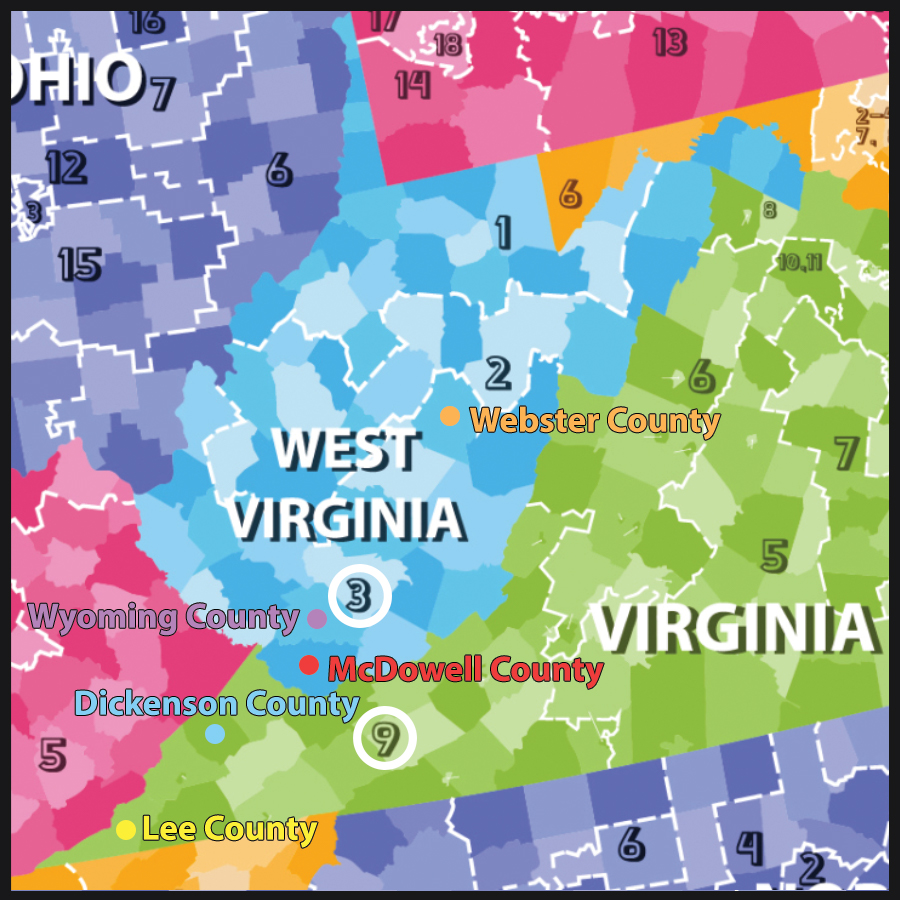
56: Wyoming
District 1 (at large):
Natrona County: population 79,555
Niobrara County: population 2,438
Contact: Harriet Hageman (202) 225- 2311 Contact
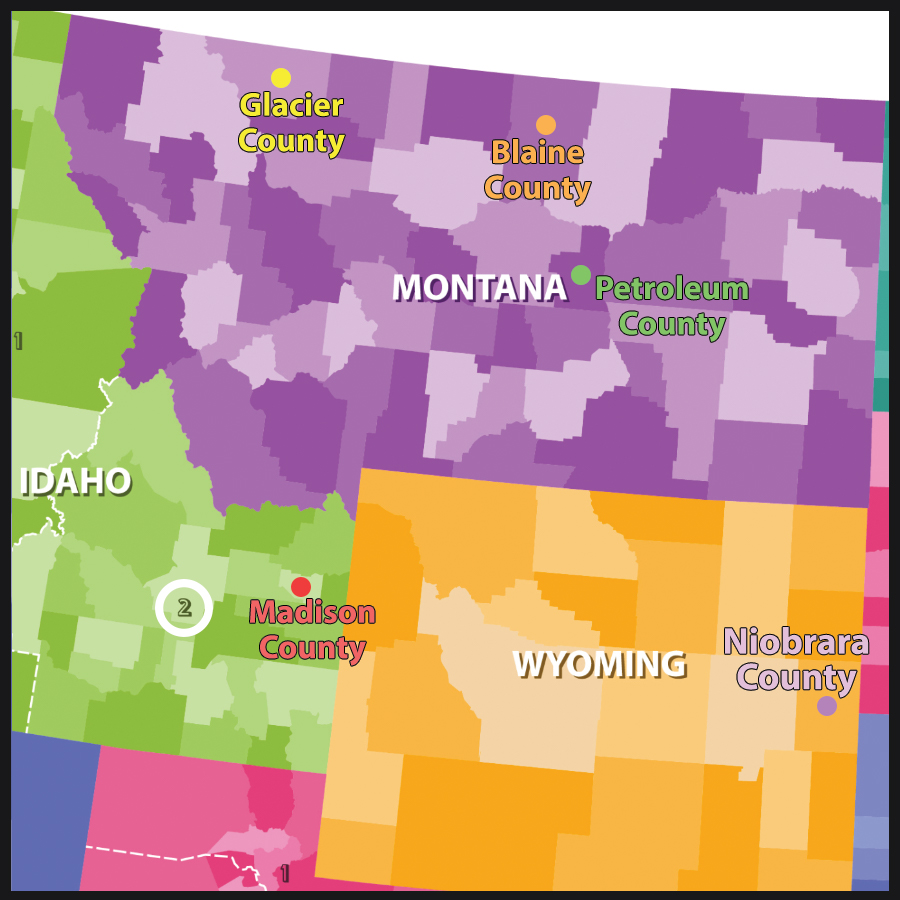
Top 25 Districts Outside the Equal Protection of Federal Government
Please consider also contacting your elected Senators to advocate for distressed districts in your state. Here are the top 25 districts that most need the same Protection granted to private incorporations of people.
New York: Districts 15, 13, and 7
Contacts:
Senator Charles E. Schumer Contact
Senator Kirsten E. Gillibrand Contact
Michigan: District 13
Contacts:
Senator Debbie Stabenow Contact
Senator Gary C. Peters Contact
Kentucky: District 5
Contacts:
Senator Mitch McConnell Contact
Senator: Rand Paul Contact
Texas: Districts 34, 15, 29, and 28
Contacts:
Senator John Cornyn Contact
Senator Ted Cruz Contact
Louisiana Districts 2, 5 and 4
Contacts:
Senator Bill Cassidy Contact
Senator John Kennedy Contact
California: Districts 16, 21 and 40
Contacts:
Senator Dianne Feinstein Contact
Senator Alex Padilla Contact
Mississippi: District 2
Contacts:
Senator Roger F. Wicker Contact
Senator Cindy Hyde-Smith Contact
Pennsylvania: District 2 and 1
Contacts:
Senator Robert P. Casey Jr. Contact
Senator John Fetterman Contact
Ohio: District 11
Contacts:
Senator Sherrod Brown Contact
Senator J. D. Vance Contact
Georgia: District 2
Contacts:
Senator Jon Ossoff Contact
Senator Raphael G. Warnock Contact
Alabama: District 7
Contacts:
Senator Tommy Tuberville Contact
Senator Katy Boyd Brit Contact
Arizona: District 7
Contacts:
Senator Kirsten Cinema Contact
Senator Mark Kelly Contact
Tennessee: District 9
Contacts:
Senator Marsha Blackburn Contact
Senator Bill Hagerty Contact
South Carolina: District 6
Contacts:
Senator Lindsey Graham Contact
Senator Tim Scott Contact
West Virginia: District 3
Contacts:
Senator Joe Manchin III Contact
Senator Shelly Moore Capito Contact
Sources For Funding a Natural Law Beta Test
- Corporate Subsidies top $100 billion a year; the top ten corporations alone have received nearly $75 billion in taxpayer money; 70 different companies have received more than $1 billion each.
- The beta test looks to incorporate an entire community around a public bank. The grant money would go into the bank, where it would rebuild the community and create jobs that render essential services; as the community pays for these services, payments would go back into the bank. The test is whether the community can flourish when they retain sole ownership of their means of existence, rather than a myriad of private entities.
- Federal Government handed out $700 billion in bailouts for the Wall Street 2007-2008 financial crisis. Evidence shows this bailout money was spent on individual bonuses and was used as seed money to buy up several hundred thousand of the foreclosures The Fed and Wall Street helped initiate.
- The test would be rendered in the poorest communities, to help ‘bail out’ this group of Americans who do not lose their individual rights to Equal Protection simply by being in this group; the Spending Clause would best be served by either A) choosing one community in each state to promote the General Welfare, or B) choosing the most impoverished communities to provide Equal Protection. In either case, communities would have to vote to be part of the pilot program; Liberty means that people are allowed to own—as well as take ownership of—their choices.
- The Federal Reserve has created debt money (“monetizing the debt”)—through quantitative easing—equal to nearly $9 trillion. The money has been used by private banks who do not equally protect American citizens. Meanwhile, 10 million individuals and families lost their homes (and 9 million people lost their jobs) between 2006 and 2014, raising the number living in poverty to 46.5 million. The U.S. National Deficit consequently rose from $9 trillion in 2007 to $31.8 trillion currently.
- If the federal government does not want to expend real (taxed labor) money to fund this project, it could repurpose some of the $9 trillion it already created, most of which sits in banks leaking value and further taxing the American laborer (through ever-increasing interest rates on the National Debt).
